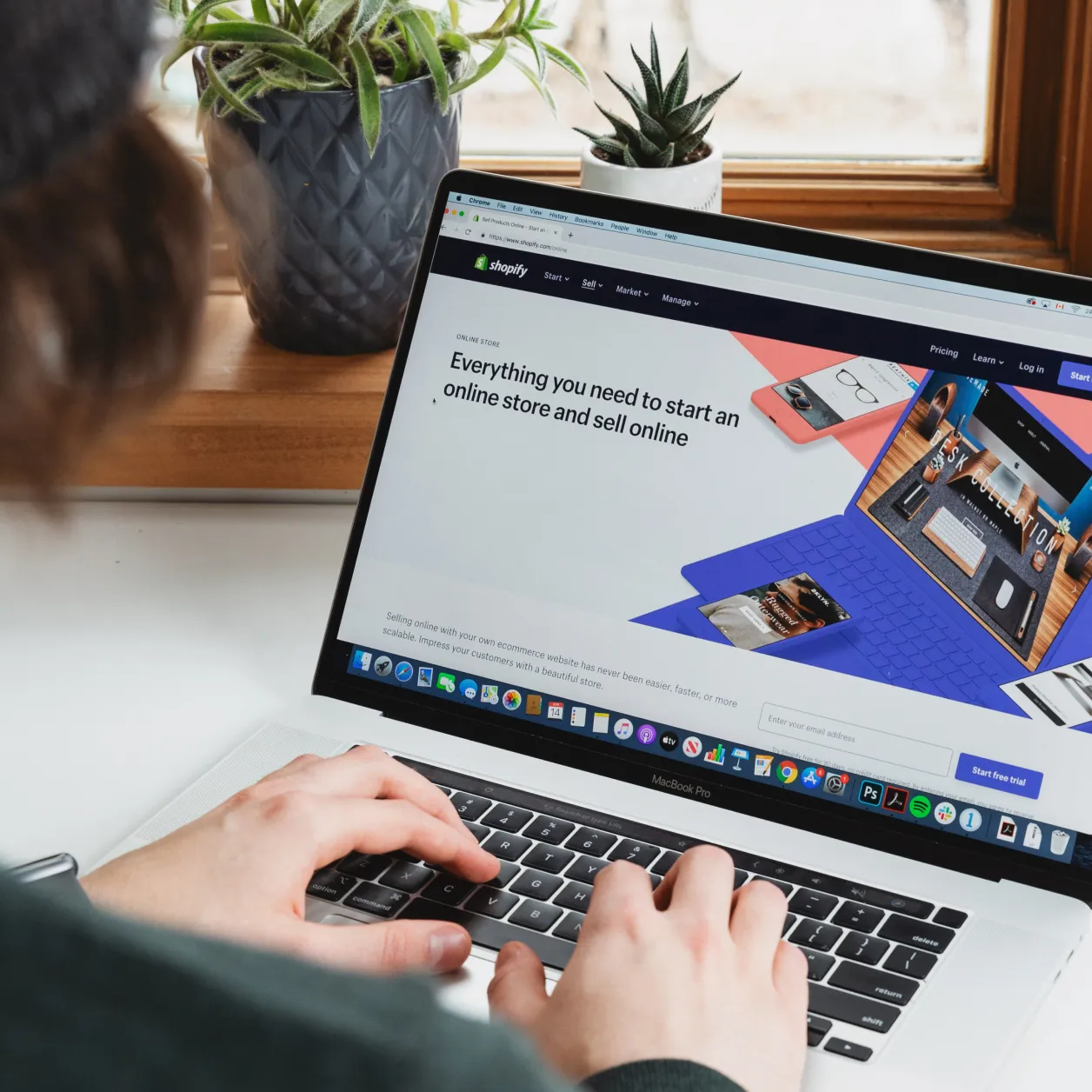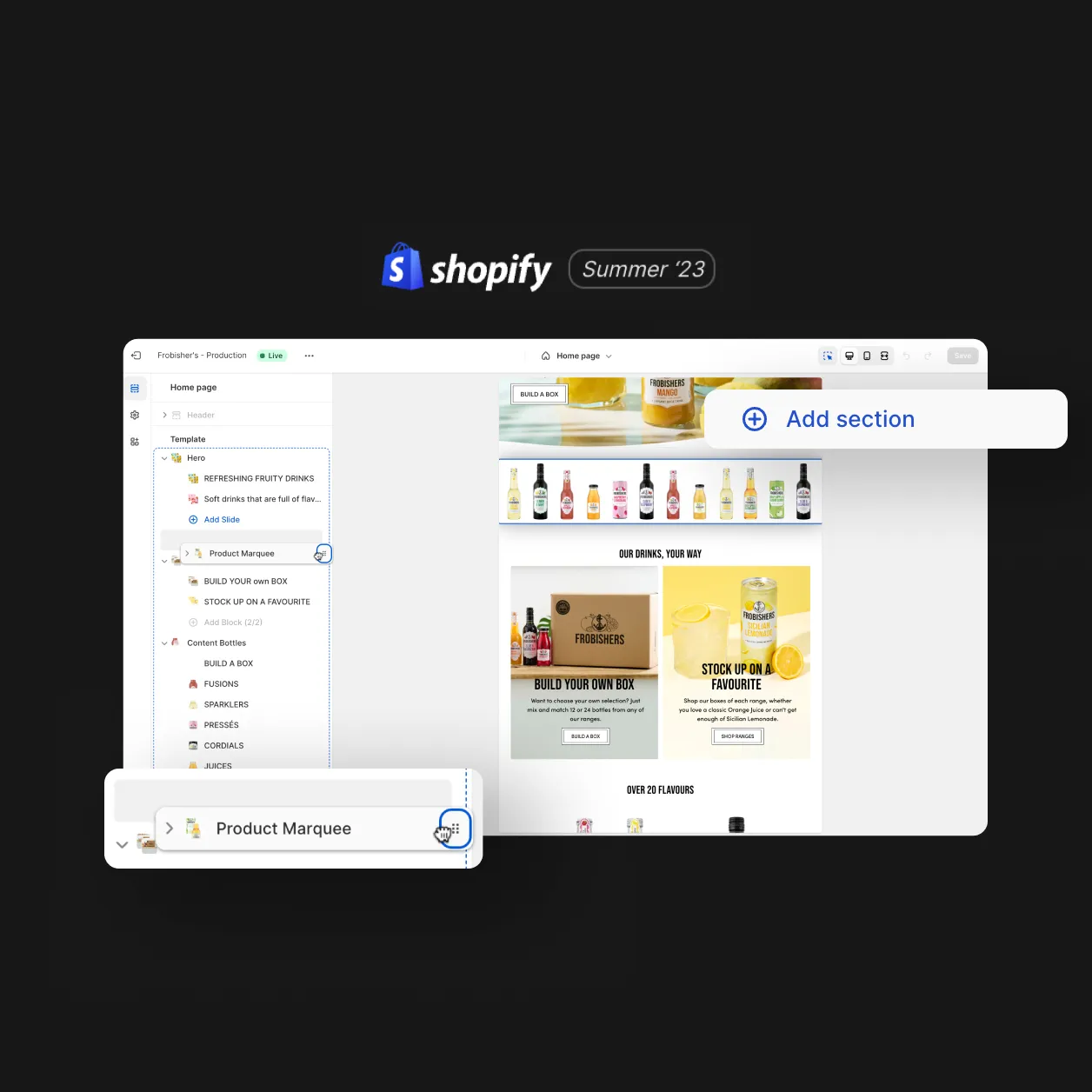
The food and drink industry has had to adapt fast to keep afloat this year. COVID has obviously been a massive industry disrupter, shifting people’s buying habits to suit their new lockdown lifestyle. In response, the D2C subscription model is getting bigger. It’s been steadily growing since 2015 but has experienced a huge surge since March.
People are able to get the food they need, exactly when they want it. A promise supermarkets haven’t necessarily been able to keep. It’s also a far safer option for those feeling uncomfortable about being in public spaces, not to mention a great luxury when there is little else to do socially.
All of these factors have contributed to permanent shifts in the way we consume food and drink. Experts believe that this consumer pattern will continue long after the pandemic. Now we know how much of our life can be managed remotely, consumer patterns are changing accordingly.
Switching to a D2C model
For many food and drink companies, adopting a D2C model has been crucial for survival. But it’s not always easy. If companies are selling their products to supermarkets, hotels, restaurants, cafés, etc, they’re not necessarily set up for the technical mechanics of an online business.
Transitioning to a D2C model requires management of a brand-new distribution network. Plus a substantial amount of money for branding and marketing, as well the technical requirements of the website. Partnering with a third-party fulfilment vendor can sometimes be a faster and more cost effective way to market.
Making subscription D2C work long-term
Whether you’re transitioning during the pandemic or subscription has always been the plan, now’s the time to think about how you’ll make it work long-term.
Working with an e-commerce subscription expert can help to strengthen and grow your offering. After helping a number of food and drink subscription businesses thrive, long before and during this year’s turbulence, here are a few things to bear in mind from a digital perspective.
- Customer expectations are high. Even though food and drink is pretty new to the digital space, your customers are not. They’ll have the same expectations from you as they do when they order anything else online. Prioritise your customer experience at their first touchpoint, and then give them a reason to stay.
- 75% of people who buy food online stick with the first shop they went to. For this reason, make sure your CX, supply chain and retention strategy represent the best of what you can do. If they like you, they’ll stick. But if not, you’re unlikely to win them back again.
- To increase customer retention further, consider how you’ll incentivise people to stay. Building a points-based loyalty programme is a relatively simple way to keep people on side.
- Personalization is key. 80% of customers are more likely to make a purchase if a brand offers a personalised experience. This experience relies on capturing customer data right from the start. It relies on creativity to think up new ways to appeal to customers on a personal level. Plus, a marketing strategy that meets customers and prospects at the right point in their journey, serving them appropriate advertising and content.
- Create a community. Establish social channels to give your customers a place to chat and share their experiences with your product.
- Your website needs to accurately reflect your subscription offer and stock levels. This will involve a developer’s input, especially if your subscription is more advanced than, for example, the same product for every customer each month. If you want to give customers the opportunity to select the right products for them, create a bundle or change their mind, you’ll need a higher level of expertise than off-the-shelf themes from platforms like Shopify will grant you.
- Remember that expecting out-of-the-box software to address 100% of the needs of 100% of the business isn’t a realistic expectation. You will need to invest in custom development work from the early stages if you want to match current user expectations.
We hope this inspires you to go ahead with your D2C food or drink offering, just remember that complications always arise as a business grows and having a trusted team in place to help navigate those surprises is essential.
Design
Inspiring behaviour change through visual experiences. Our digital design services ensure instant clarity and visuals that cut-through in a cluttered market.




